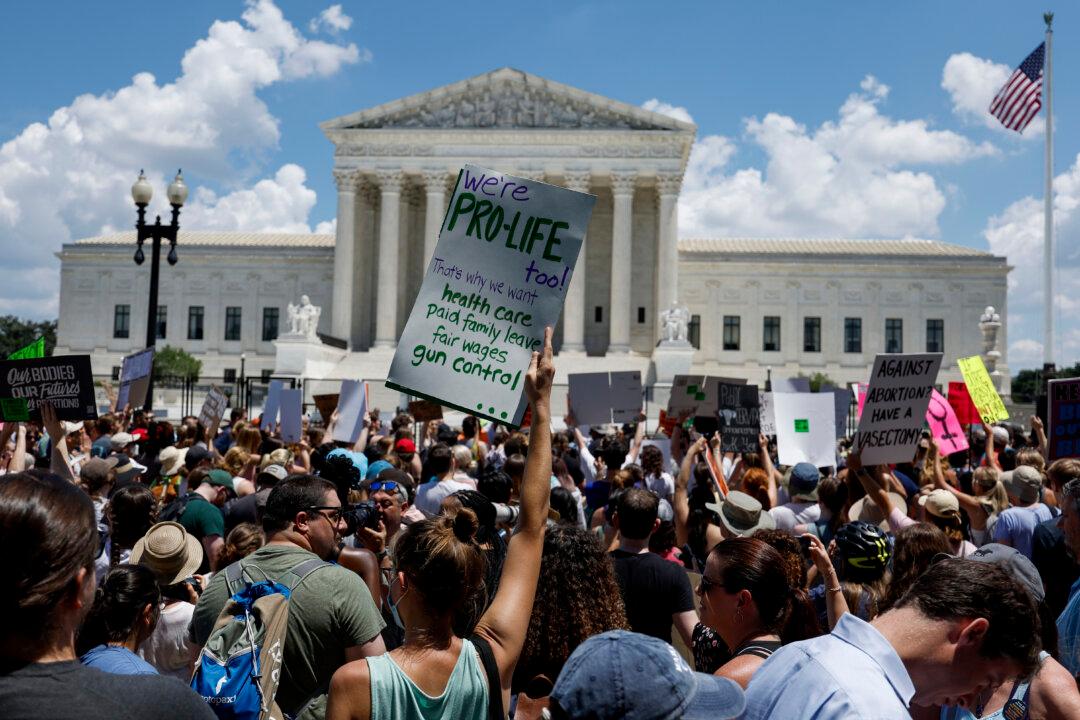In a late-night action Wednesday, the Senate Armed Services Committee voted to add a provision to the defense bill which would permanently bar the U.S. military from being used to stop peaceful protestors.
The committee added Sen. Tim Kaine’s (D-Va.) provision, as an amendment to the panel’s annual National Defense Authorization Act (NDAA) FY2021, which was done in closed session. The amendment bill, had bipartisan support and will now advance to the full Senate for consideration.





